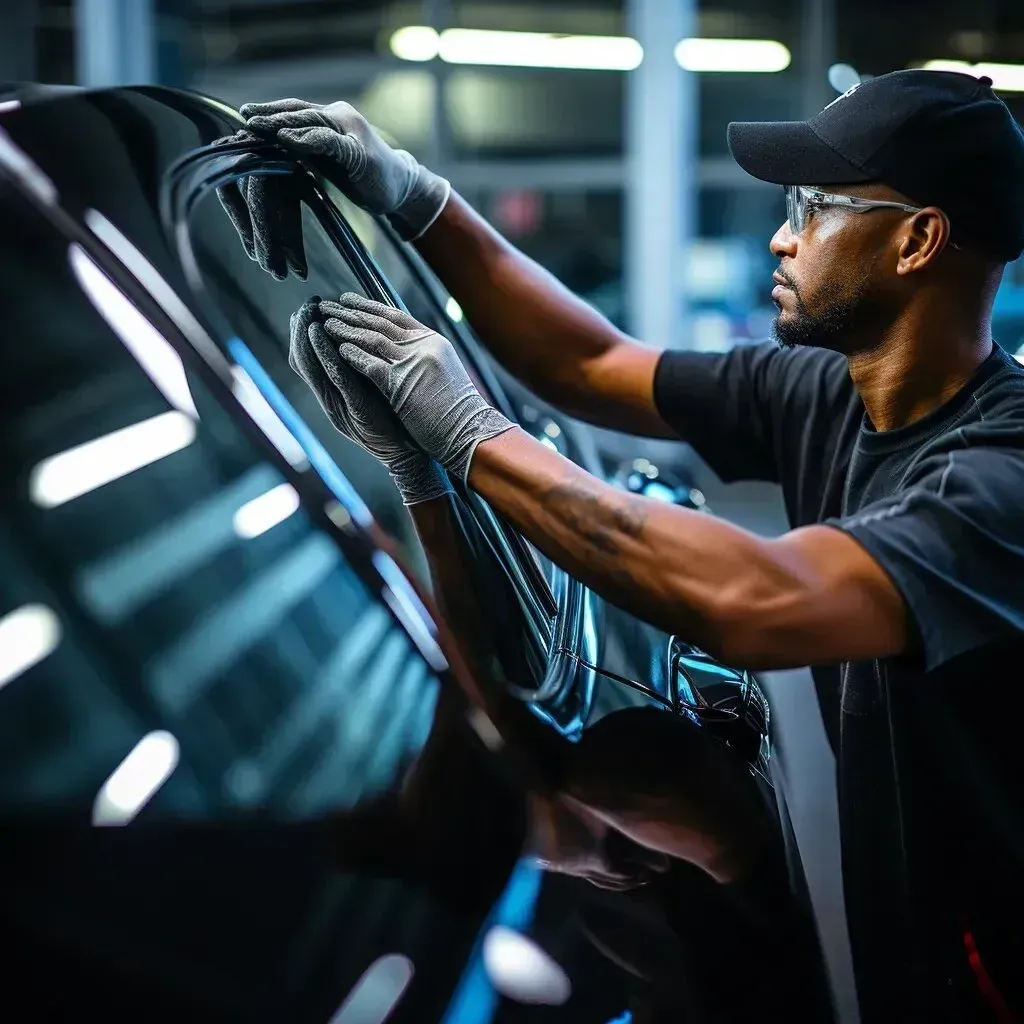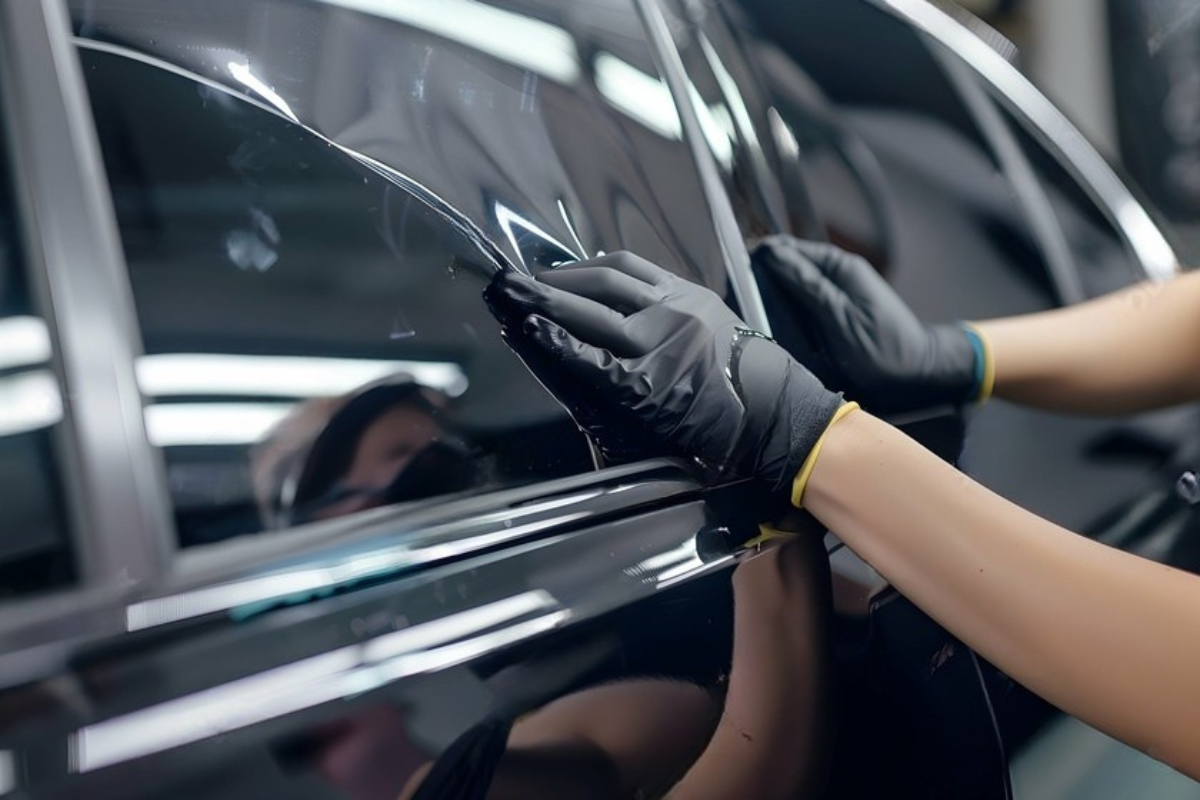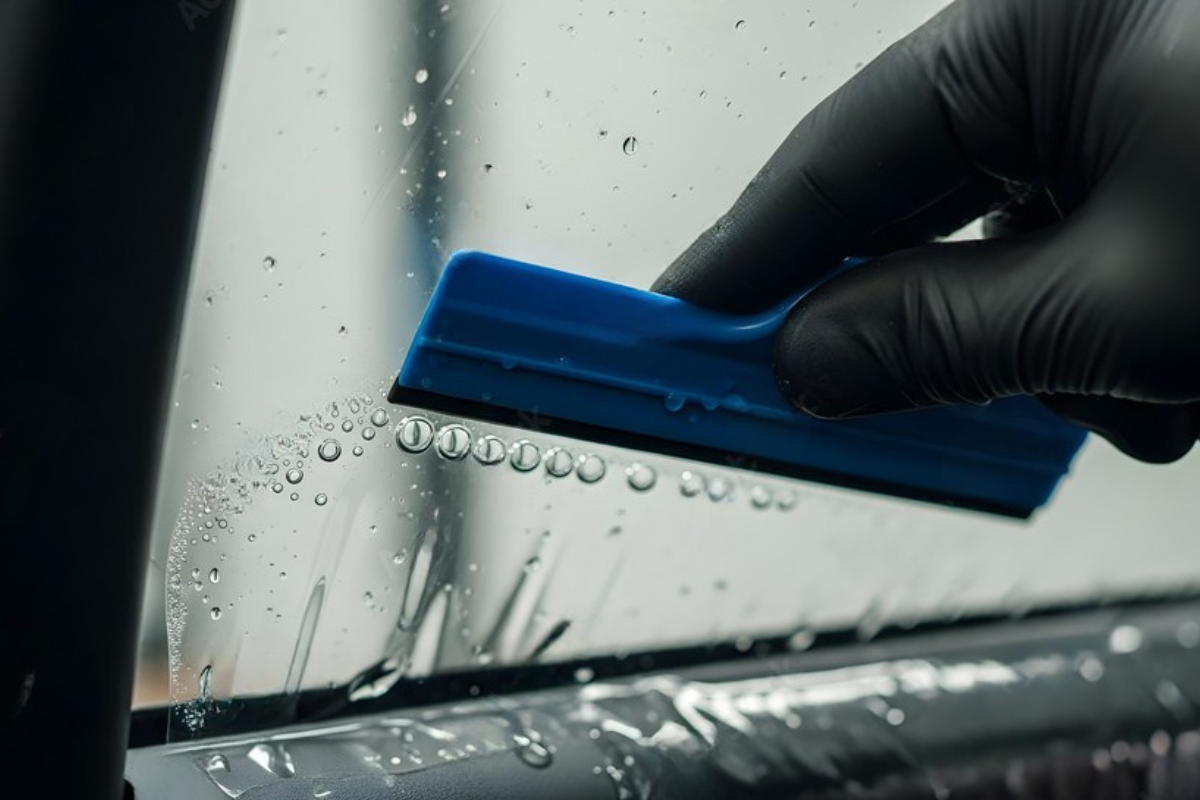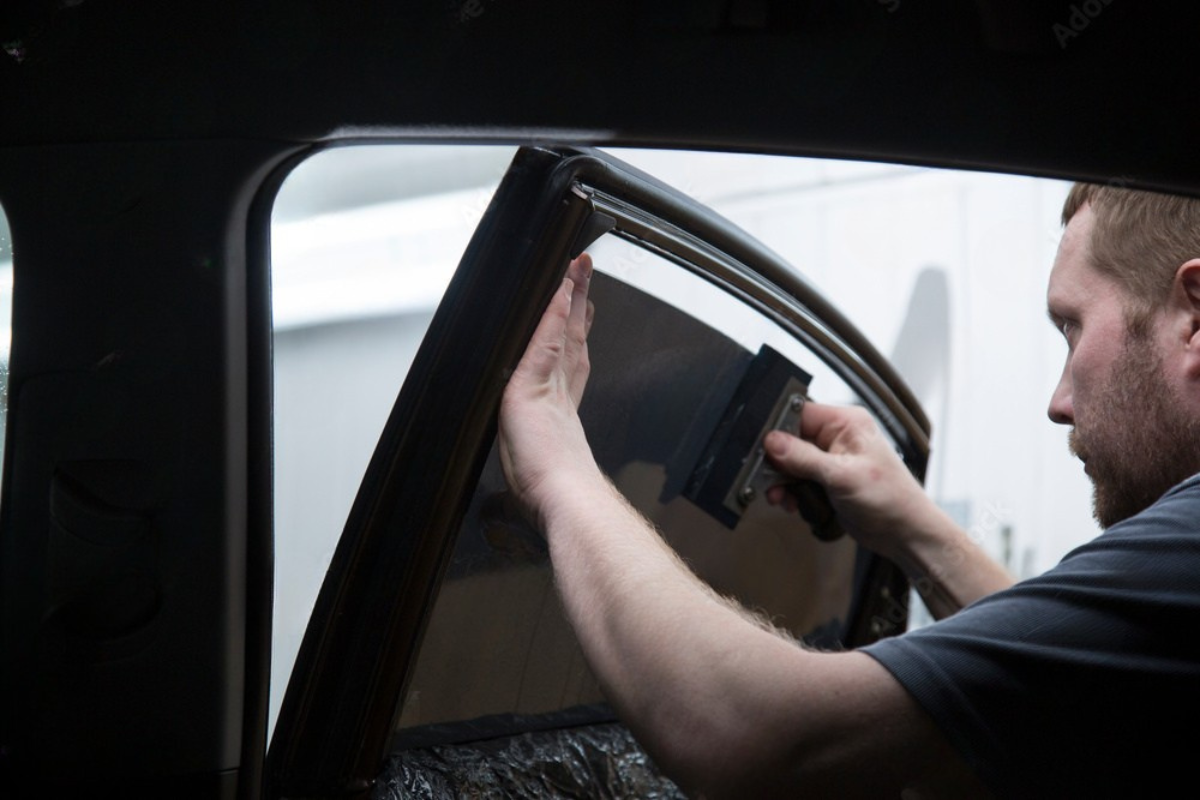Signs Your Window Tint Is Fading or Deteriorating
Is your car's window tint looking a bit off lately? Maybe you've noticed some bubbles or strange colors? Don't worry - you're not alone. Window tint problems are pretty common, but catching them early can save you time and money. Let's dive into everything you need to know about spotting and fixing window tint issues.

Notice something different about your car's window tint lately? Maybe it's not looking as sharp as it used to, or you've spotted some strange bubbles? You're in the right place. Let's break down everything you need to know about window tint problems and how to fix them.
Understanding Window Tint Deterioration
What Causes Deterioration
Your car's window tint faces daily challenges that can wear it down over time. Think of it like sunscreen - it protects your car's interior, but it needs proper care to work effectively. Poor installation, low-quality materials, and harsh environmental conditions are the main culprits behind tint deterioration. When these factors combine, they can significantly shorten your tint's lifespan.
Signs of Normal Wear and Tear
Not all changes in your window tint mean trouble. Some wear is normal, especially as your tint ages. However, knowing what's normal versus what needs attention can save you time and money. Regular wear might include slight dulling over several years, while rapid changes often signal bigger problems.
Visual Indicators of Failing Window Tint
Color Changes and Discoloration
Purple Tinting Issues
Have you noticed your once-sleek black tint turning purple? This is a classic sign of degrading window film. The purple hue happens when the dye in lower-quality tints breaks down from UV exposure. Think of it like an old newspaper left in the sun - it doesn't stay the same color forever.
Uneven Fading Patterns
When your tint starts showing patches of different shades, it's telling you something's wrong. Good tint should maintain an even color across the entire window. Spotty or blotchy appearances usually mean the tint is breaking down unevenly, often due to inconsistent sun exposure or quality issues.
Physical Damage Signs
Bubbling and Air Pockets
Bubbles in your window tint are like blisters on your skin - they're a sign something's not right. These air pockets form when the adhesive fails, often due to heat or moisture getting trapped between the film and glass. Small bubbles might start appearing around edges or corners before spreading.
Peeling and Separation
When tint starts peeling away from your windows, it's like wallpaper coming loose. This usually starts at the edges and can quickly spread if not addressed. Peeling happens when the adhesive loses its grip, often due to age, heat, or improper installation.
Surface Scratches and Abrasions
Just like any protective surface, window tint can get scratched. While minor scratches might not affect performance, deep ones can compromise the tint's integrity. Look for:
- Visible lines or marks
- Areas where the tint appears thinner
- Spots where the film has worn away
Environmental Impact on Window Tint
UV Ray Exposure
The sun is both a friend and foe to your car. While window tint helps block harmful UV rays, constant exposure can:
- Accelerate color fading
- Weaken the adhesive bond
- Cause premature aging of the film
Weather Damage
Mother Nature can be tough on your tint. Rain, snow, and extreme temperatures all play a role in how well your tint holds up. Areas with harsh winters or intense summers often see faster deterioration rates.
Temperature Effects
Think about how often your car goes from freezing cold to blazing hot. These temperature swings make your tint expand and contract, which can lead to:
- Cracking in extreme cases
- Weakened adhesive bonds
- Increased risk of bubbling
Professional Inspection Services
Mobile Inspection Benefits
Gone are the days of scheduling shop visits for tint checks. Mobile inspection services bring expertise to your doorstep, offering:
- Convenient scheduling
- Professional assessment tools
- Expert recommendations
- Time-saving solutions
Professional Assessment Process
What Experts Look For
Professional inspectors check multiple factors during an assessment:
- Adhesive strength and coverage
- Film thickness consistency
- Edge sealing quality
- UV protection levels
- Overall installation integrity
Common Problem Areas
Certain spots tend to show problems first:
- Around defroster lines
- Near window edges
- Around curved areas
- Where windows roll up and down
Window Tint Solutions and Services
Maintenance Tips
DIY Care Instructions
Keep your tint looking great with these simple steps:
- Use ammonia-free cleaners
- Avoid scraping ice directly
- Wait after washing before rolling windows down
- Park in shade when possible
Professional Care Options
Sometimes you need expert help to:
- Deep clean your tint
- Fix minor issues
- Restore clarity
- Extend tint life
Repair vs. Replace
When to Consider Repairs
Minor issues might be fixable if:
- Damage is small and localized
- Tint is relatively new
- Problem is caught early
- Base film is still good
Signs You Need Replacement
Time for new tint when you see:
- Widespread purple coloring
- Multiple bubbles or peeling
- Significant scratching
- Major discoloration
Mobile Tinting Services
Benefits of Mobile Service
Mobile window tinting offers several advantages:
- Service at your location
- Professional equipment on-site
- Competitive pricing
- Time-saving convenience
Service Process Overview
A typical mobile service includes:
- Initial inspection
- Window preparation
- Old tint removal
- New tint application
- Quality check
- Care instructions
Cost Factors
Pricing typically depends on:
- Vehicle size and type
- Number of windows
- Tint quality selected
- Location
- Additional services needed
Remember, maintaining your window tint is like taking care of any other part of your car - regular attention prevents bigger problems later. Watch for these signs of deterioration and act quickly when you spot them. Whether you choose mobile service or visit a shop, addressing tint issues promptly helps maintain your car's appearance and protection. Contact us Now to Learn More
By understanding these signs and knowing when to seek help, you can keep your window tint looking great and performing well for years to come. Don't wait until minor issues become major problems - reach out to a professional when you notice any concerning changes in your tint's appearance or performance.







Real Results, Real Durability: Why Cudahy Drivers Trust Tint Integrity for Long-Lasting Window Films





